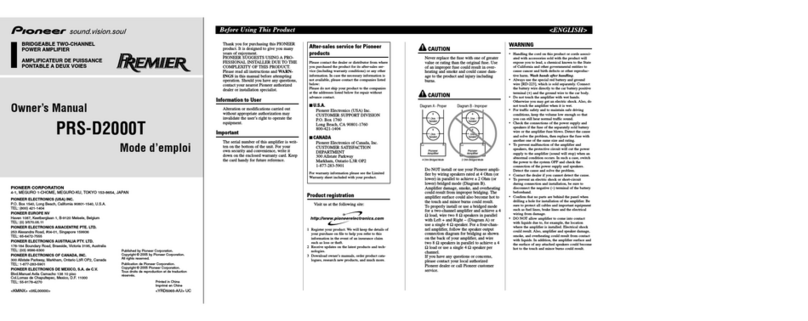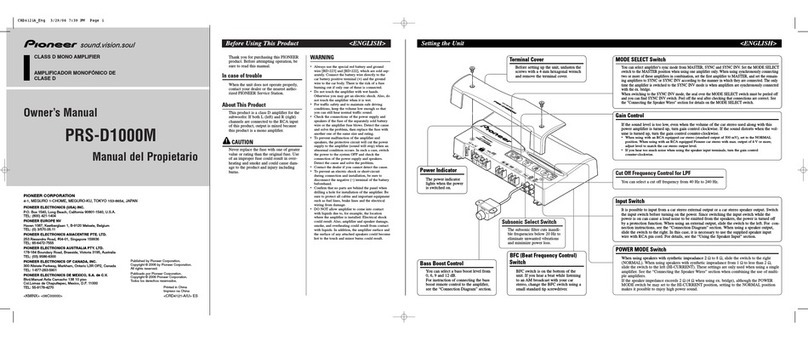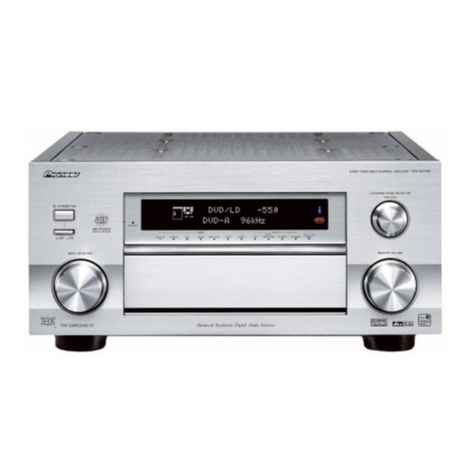Pioneer SA-1490 User manual
Other Pioneer Amplifier manuals
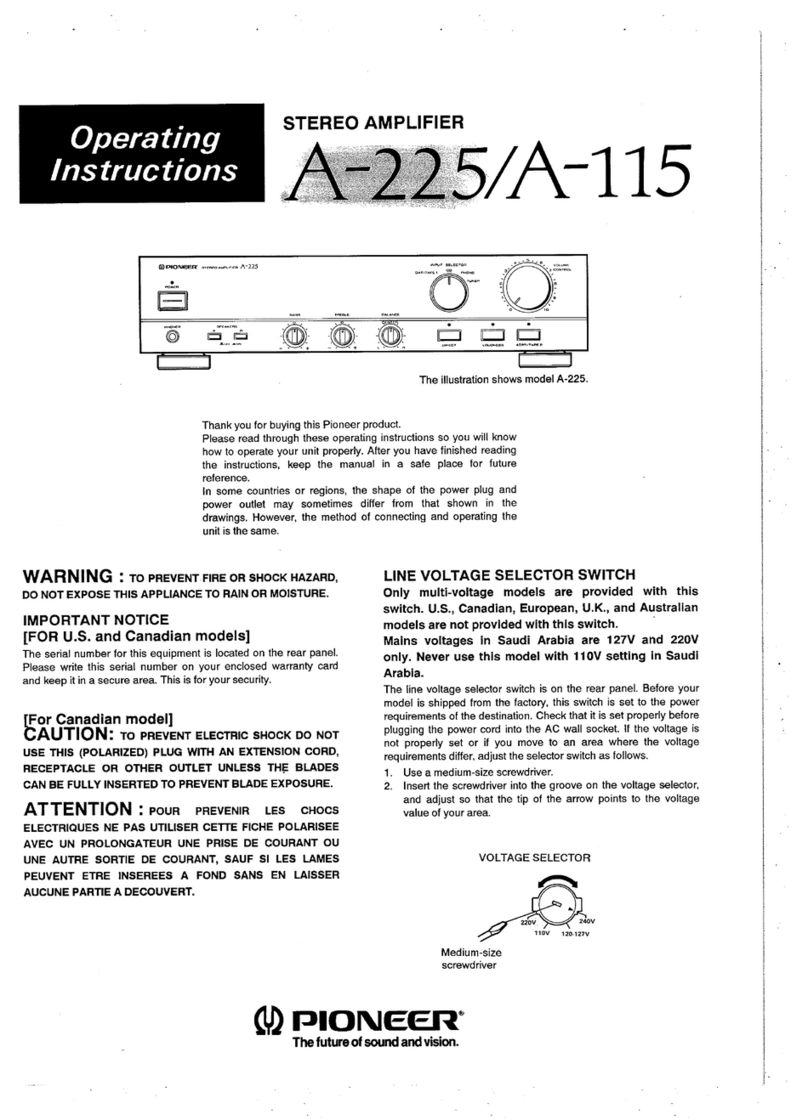
Pioneer
Pioneer a-255 User manual

Pioneer
Pioneer PRS-D2000SPL - Premier Amplifier User manual

Pioneer
Pioneer C-AX10 User manual

Pioneer
Pioneer GM5400T - Bridgeable Amplifier User manual
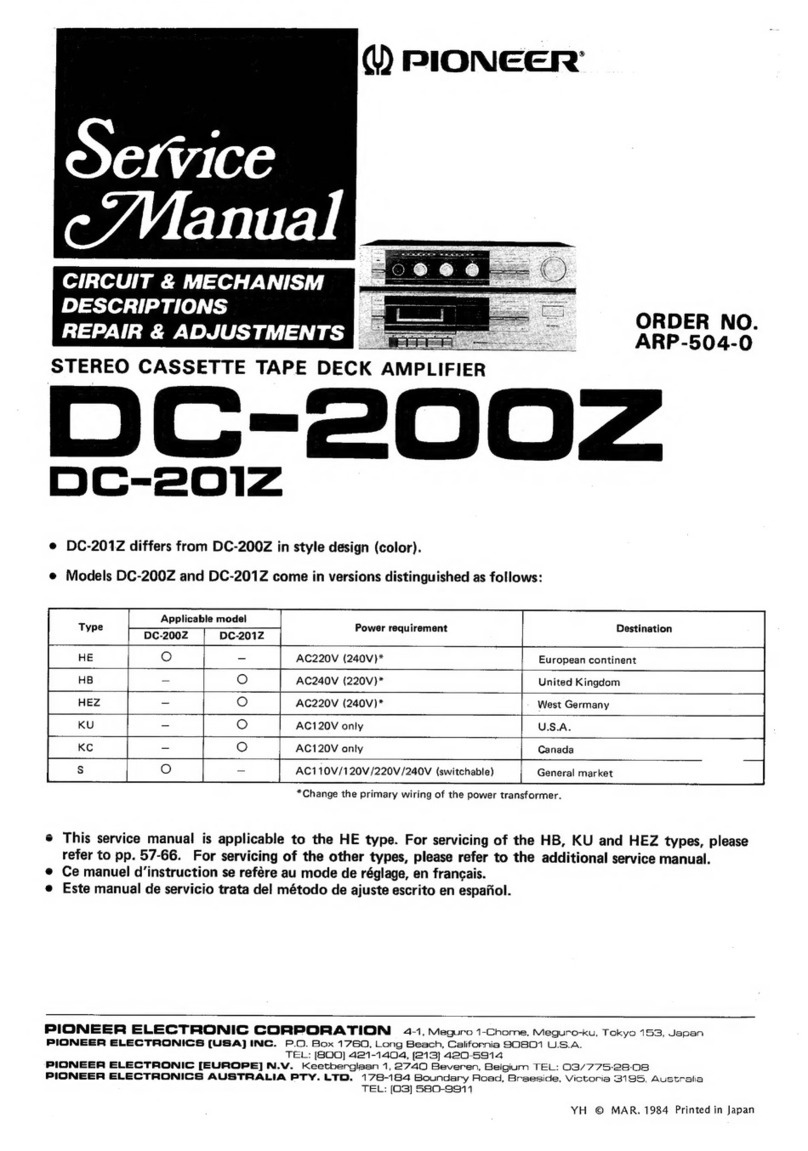
Pioneer
Pioneer DC-200Z User manual
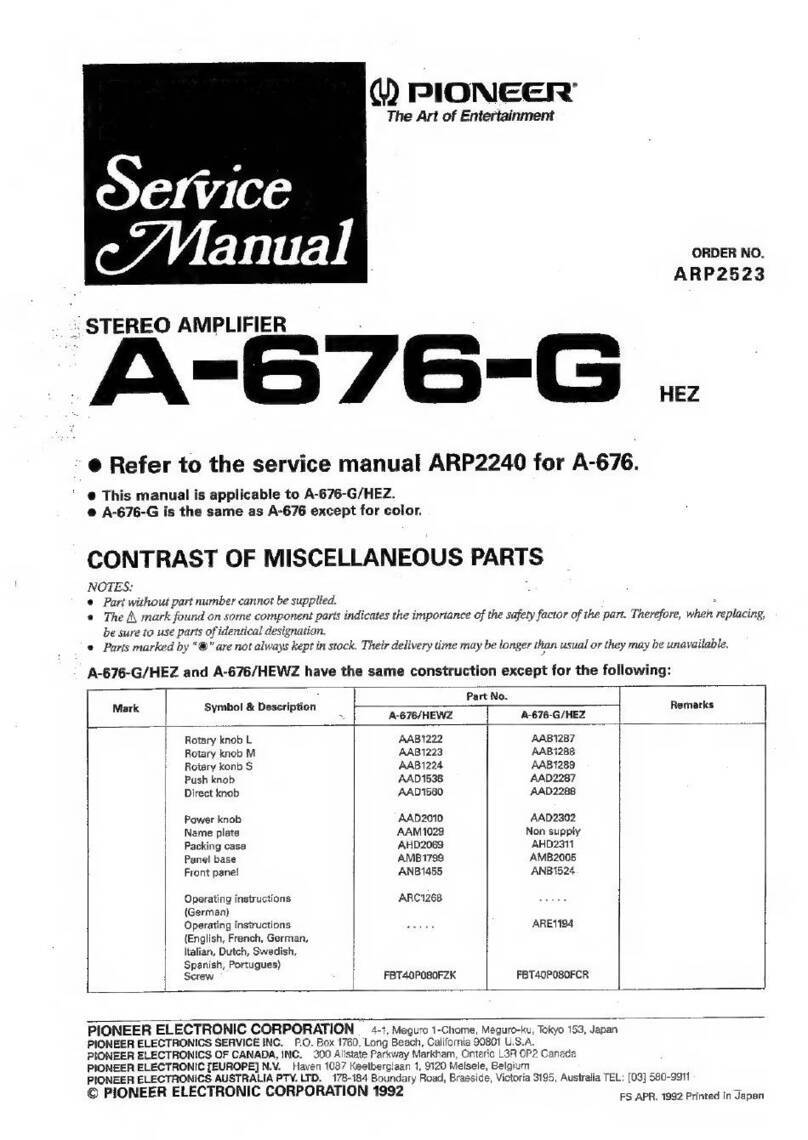
Pioneer
Pioneer A-676-G User manual

Pioneer
Pioneer GM-3000T User manual
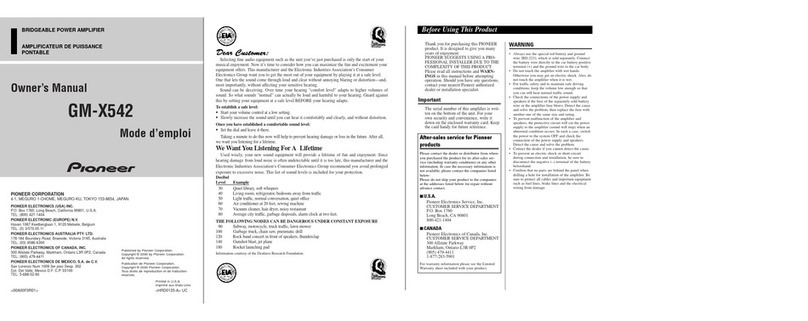
Pioneer
Pioneer GM-X542 User manual
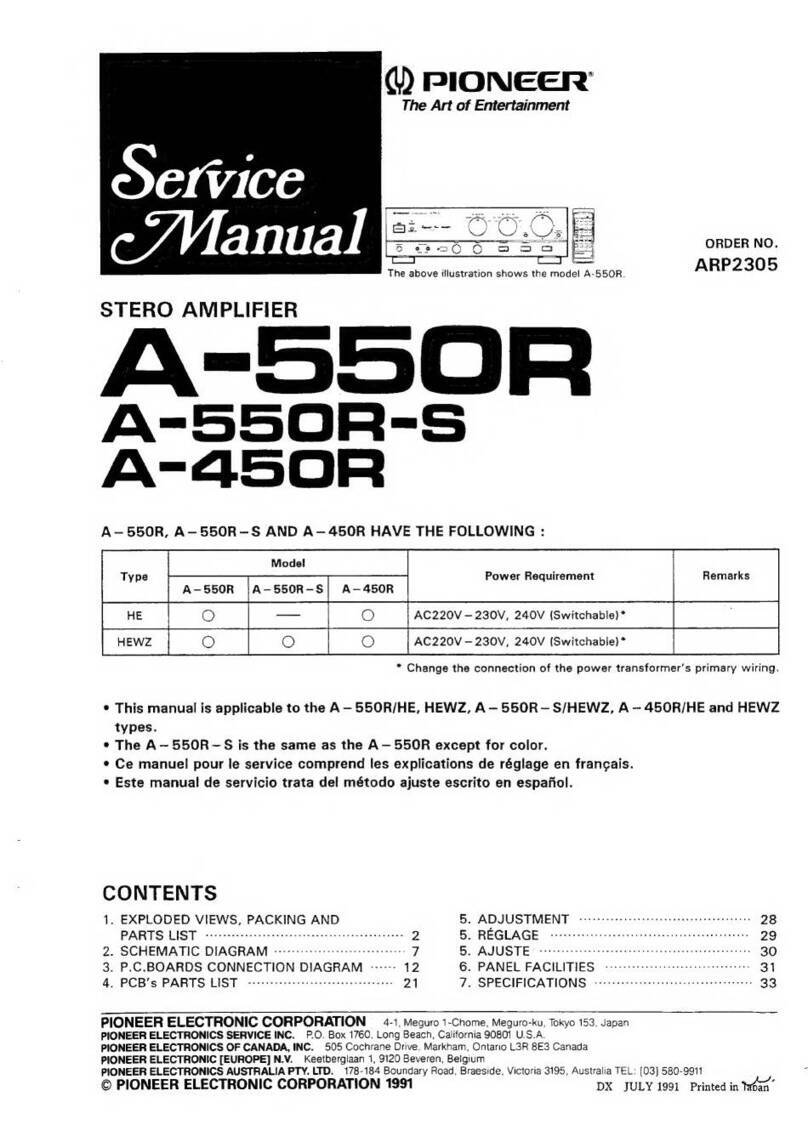
Pioneer
Pioneer A-550R User manual

Pioneer
Pioneer SA-510HB User manual

Pioneer
Pioneer GM-2000A User manual

Pioneer
Pioneer GM-X562 User manual

Pioneer
Pioneer QM-800A User manual
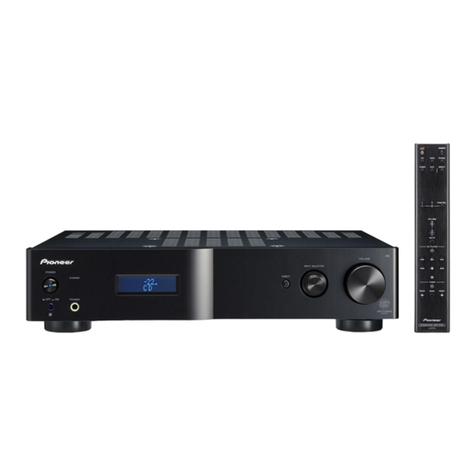
Pioneer
Pioneer A-A6MK2-K User manual
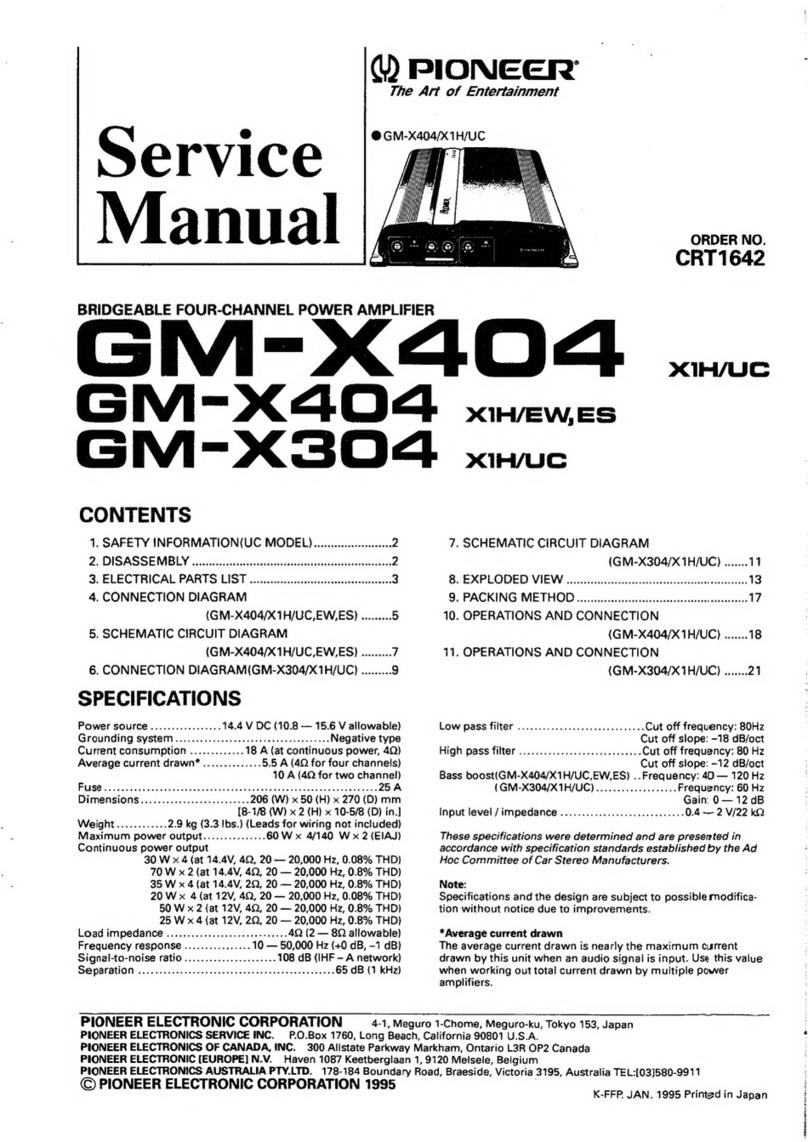
Pioneer
Pioneer GM-X404 User manual
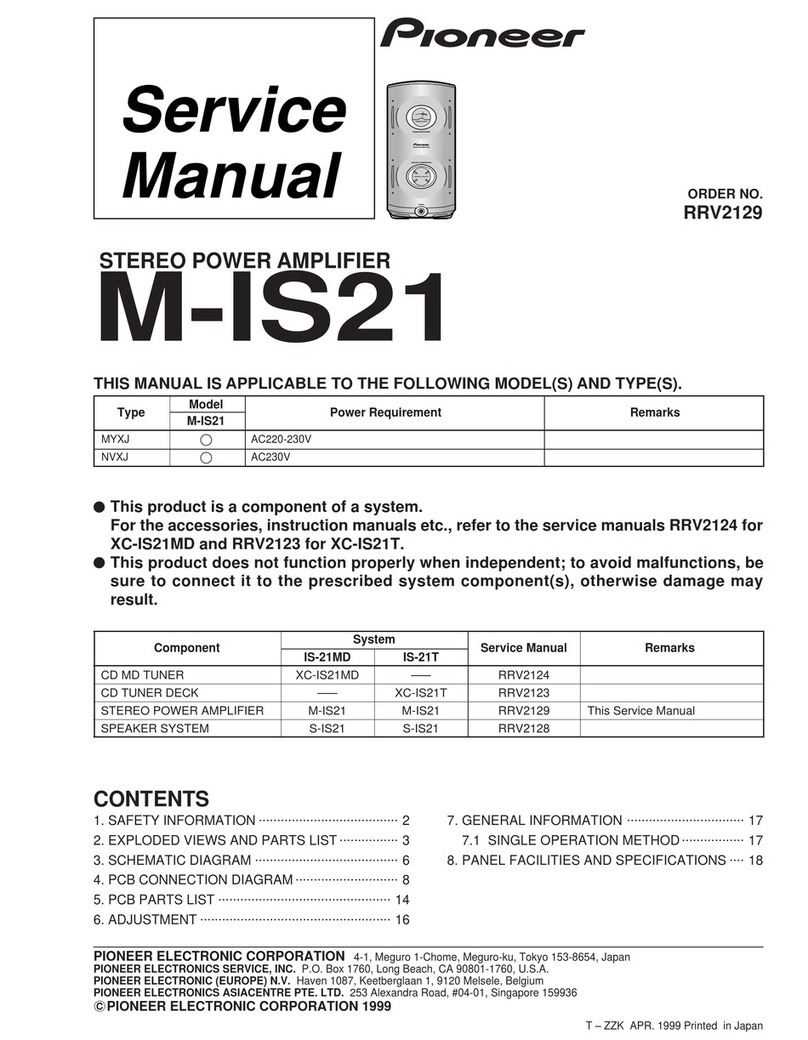
Pioneer
Pioneer IS-21MD User manual
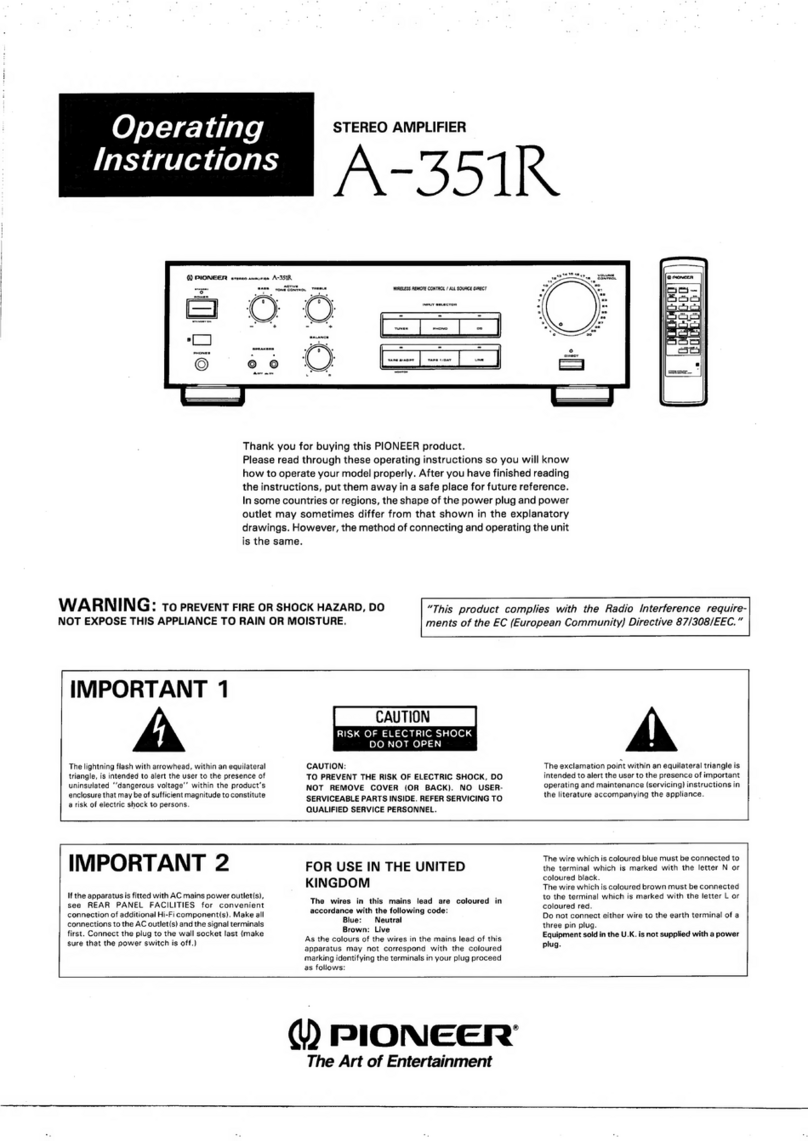
Pioneer
Pioneer A-351R User manual

Pioneer
Pioneer SA-560 User manual

Pioneer
Pioneer GM-7200M User manual
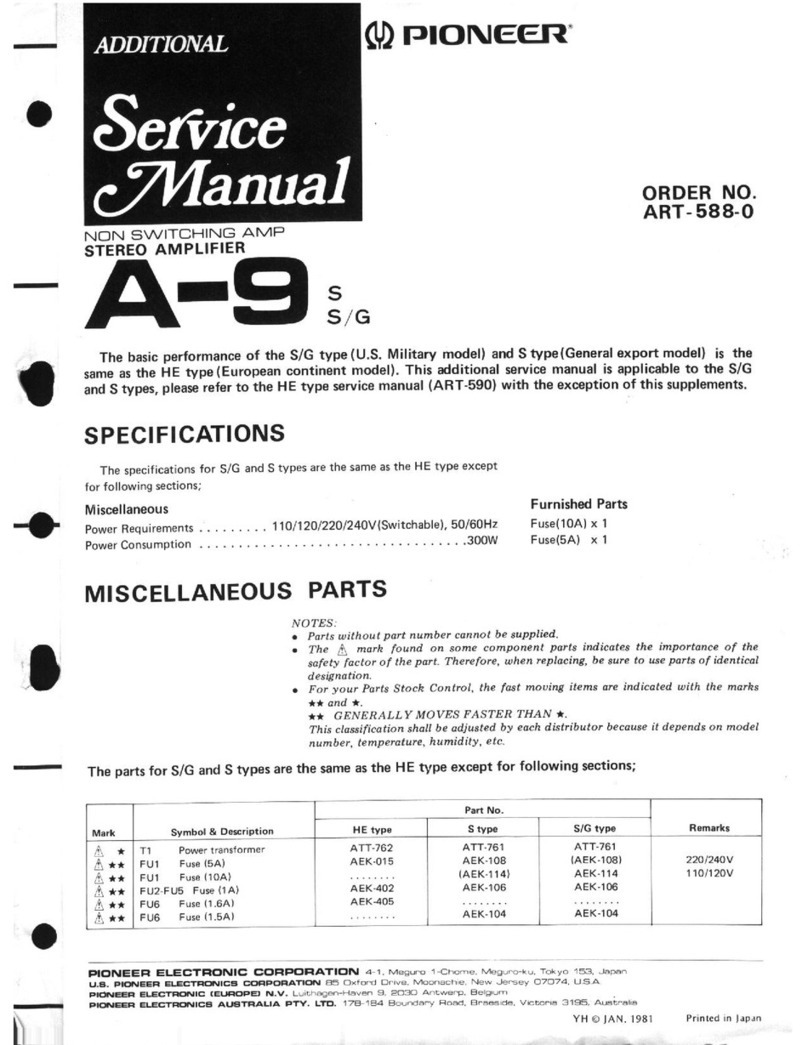
Pioneer
Pioneer A9 User manual

